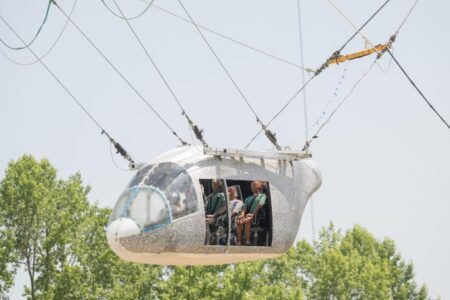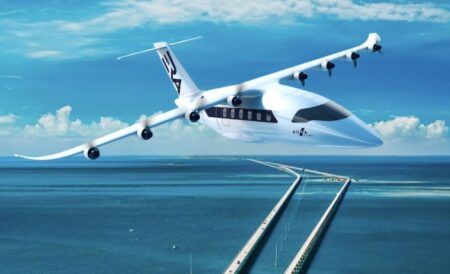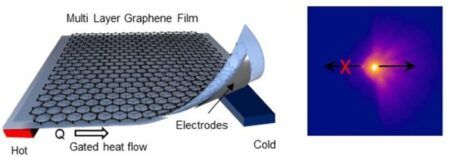Japanese company Astroscale has received a US Patent No. 12,234,043 B2 for its method and system for multi-object space debris removal.
The patent covers a distributed architecture approach to active debris removal that allows for scalable, repeatable operations and controlled reentry of multiple debris objects. The system addresses limitations of traditional debris removal methods, which are expensive, lack agility, and cannot carry sufficient fuel for multi-client missions.
Under the patented method, a servicer docks with a debris object and transfers it to a reentry shepherd vehicle in a lower orbit. Once the client is docked with the shepherd, the servicer separates and proceeds to engage a new client, while the shepherd safely guides the initial client into Earth’s atmosphere for reentry.
“Our distributed architecture solves a key challenge in orbital debris removal by enabling the deorbit and reentry of multiple large debris objects sustainably and economically,” said Mike Lindsay, chief technology officer at Astroscale. “This approach allows us to reuse our advanced servicers, capable of capturing and detumbling multi-ton objects, instead of burning them up with the debris upon reentry.”
The architecture supports flexible mission profiles where the shepherd can remain docked through reentry, undock after performing reentry insertion and return to orbit, or missions can proceed without a shepherd vehicle. This adaptability addresses the diverse size and risk profile of objects in orbit.
The system ensures controlled reentry so that surviving fragments from larger debris objects do not pose risks to populated areas or critical infrastructure on the ground. This addresses growing public safety concerns and aligns with international best practices.
The patent builds on Astroscale’s multi-removal approach for debris. The company’s ELSA-M, set to launch in 2026, can remove several prepared inactive satellites in a single mission. By contrast, the newly patented method is designed for large, unprepared objects such as rocket bodies and legacy satellites that were not built to be serviced.
Astroscale said that the patent strengthens its intellectual property portfolio and reinforces its leadership in developing on-orbit servicing solutions that support sustainable use of space.





